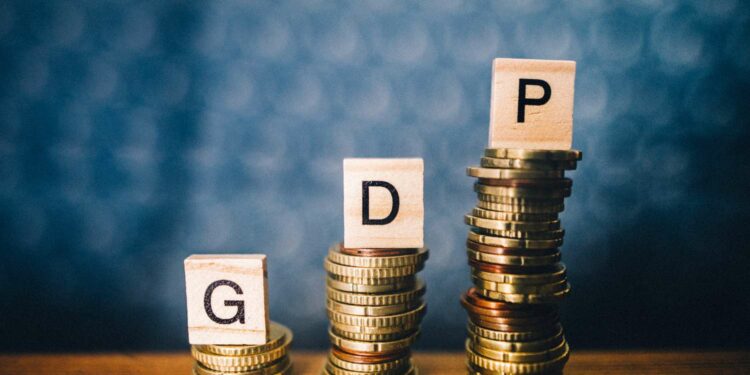GDP
African countries plan a fresh push at international summits this year for standard measures of economic strength such as GDP to have better recognition of their vast natural assets and resources.
The initiative is being driven by the African Development Bank in the hope that recalibrating GDP would automatically improve debt metrics and relieve borrowing market pressures that had triggered dozens of economic crises in recent decades.
There has long been scepticism over how much hard cash precious ecosystems can generate for poorer countries. But the U.N. estimates that Africa, which makes up 20% of the world’s land surface, is home to one-quarter of all mammal species and one-fifth of bird species.
It also has around one-sixth of the world’s remaining forests and those, along with mangroves, help lock away planet-damaging carbon emissions – a benefit that should be included in GDP calculations, the AfDB argues.
“It will be on the agenda at every single step, G7, G20 (meetings)… I expect others to recognise that it is time to begin to change the valuation of African economies,” AfDB President Akinwumi Adesina told Reuters on the sidelines of a conference last week in Tanzania.
However, there are doubts over how much of an impact such a recalibration would have on investors and creditors given the leap still needed to monetize natural wealth via the likes of carbon credits.
“You can take more money, but the question is, can you pay more? If you are not able to pay more, then there will be a problem,” said Kariuki Ngari, the CEO of Standard Chartered Kenya, on the question of whether debt would be more cheaply available to Africa.
The AfDB says Africa’s total official GDP in 2018 of $2.5 trillion was 2.5 times lower than the continent’s natural capital that year, which it estimates at $6.2 trillion. It defines natural capital as forests, fish stocks and minerals such as lithium that are critical to the global energy transition.
Higher official GDP numbers could also help lower debt-to-GDP ratios, which creditors and investors use to gauge the ability to pay back debt.
African nations often have lower credit ratings and face high lending costs because of their perceived riskiness. For example, Nigeria and Kenya issued dollar bonds with interest rates of 10% last year, compared with below 5% rates for advanced economies like the United States.









If we monetise our resources in an independent, transparent, fair and sustainable market environment, this argument resolved itself.
In reality, our leaders cannot agree on a common market framework that is independent of political controls and is also fair, transparent and sustainable.
So now we must beg.